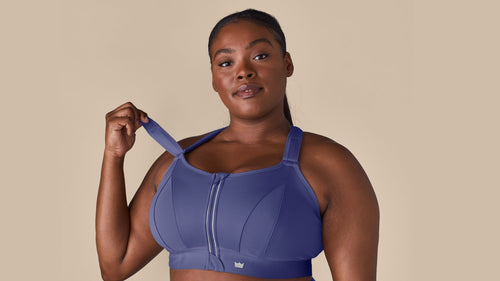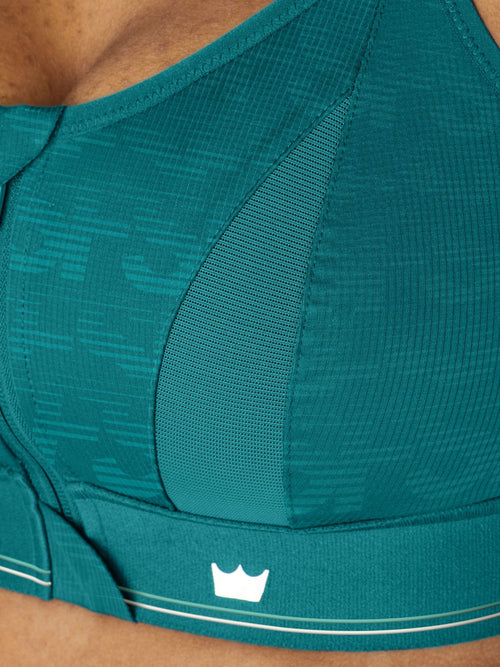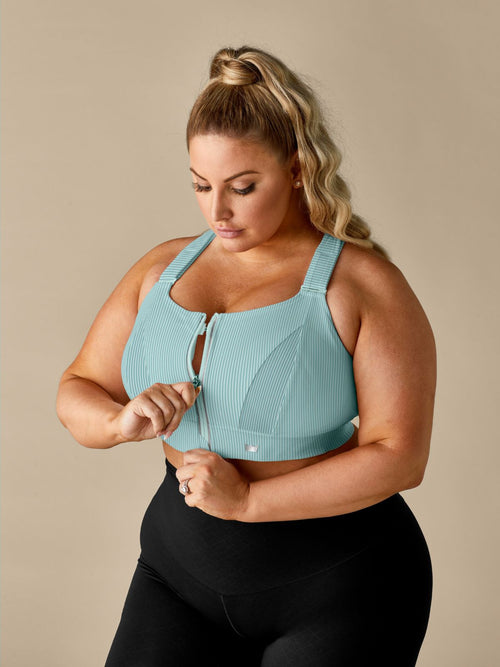New Year Sale 20% Off Shop Now

Despite what your friend, coworker or nosy neighbor might say, counting calories is not the solution to healthier living. The problem with counting calories is that not all calories are the same. Each interacts with our bodies in different ways and provides different functions and results.
Eating fewer calories means nothing unless the food you are eating is contributing the right nutrients to your diet. Whether you hope to lose, maintain or even gain weight, try counting macros to ensure you’re eating the correct calories.
So what are macronutrients anyway?
Macronutrients (macros) are molecules that our bodies use to create energy. Basically, they’re our primary source of fuel. The big three are fat, protein and carbohydrates. When counting macros, you simply add up how many grams of fat, protein and carbs you eat each day.
Each person’s optimal macro intake depends on many factors like age, weight, BMI and activity level. You’ll have to determine what diet, if any, is best for you. A ketogenic diet, for instance, focuses on minimizing carb intake.
Even if you just hope to maintain your body weight, sticking to your daily macro limit will bring many health benefits, including:
- More weight loss
- Reduced blood pressure
- Reduced blood sugar
- Increased brain function
- Decreased appetite for snacking and junk food
How do I begin macro counting?
First, we recommend this handy calculator from Tasteaholics’ blog. It customizes your suggested macro numbers based on your weight, body fat percentage, daily activity level and amount of exercise.
Then download a meal-tracker app. My Macros+ and My Fitness Pal are great options. Counting all these numbers can be tough and mentally exhausting, so one of these apps surely will be your new best friend!
Wait, I’m supposed to eat more fat?
As you begin to calculate your optimal macro counts, you may be surprised to learn how many grams of fat your diet should include. Years of misconceptions have taught us to avoid fats at all costs. But healthy fats (found in oils, nuts and avocados, just to name a few) are perfectly fine in moderation. Fats serve important roles in our bodies, including joint health, vitamin absorption and brain functioning.
Being able to rely more on fat for energy during physical activity spares your glycogen for when you really need it. This boosts your athletic performance and burns more body fat.
Which macro sources are best?
Help yourselves to any of these smart macro sources.
Carbs: oatmeal, sweet potatoes, all veggies and fruits, whole-wheat breads and cereals.
Protein: chicken, lean beef, fish, cottage cheese, protein powder, tofu, egg whites.
Fats: all nuts, avocado, seeds, oils, cheeses, dark chocolate (yes!).
Don’t forget that what you choose to eat is up to you. We’re not telling you to eliminate any certain foods, just become aware of your distribution of macros.
What are some delicious low-carb, high-fat recipes?
If you’re looking for ways to incorporate your favorite comfort foods (we’re looking at you, pasta) into your new macro lifestyle, try some of these low-carb recipes.
- Avocado Lime Salmon (Tasteaholics)
- Chicken Alfredo (Tasteaholics)
- Zucchini Lasagna (Ambitious Kitchen)
- Skillet Brownies (Tasteaholics)
- Bonus: 25 easy ketogenic lunches (The Nourished Caveman)
The great part about macronutrients is that they give you big bang for your buck. A little goes a long way and these nutrients will help curb your hunger (especially during those tough hours between lunch and dinner) and give you a healthy dose of the nutrients you need.

























